This season, are you searching for the largest and most vibrant lilac blossoms? On these abundant bloomers, you may employ a few different techniques to promote the growth of flowers. Make the most of your lilacs this year by using the wise advice in this article!
Plant in Full Sun

Lilacs are sun-loving plants that require six hours or more of direct light each day to reach their peak flowering time. Their blossoms will not be as vigorous, but their stems and foliage will normally thrive just fine under a dappled tree canopy or in an area that gets less than 6 hours of sunlight.
Remember that six hours in the sun does not always equate to six hours straight. Your lilac can withstand a few hours here and there if it gets six hours of sunlight overall and is in direct sunlight.
Keep Root Flares Exposed
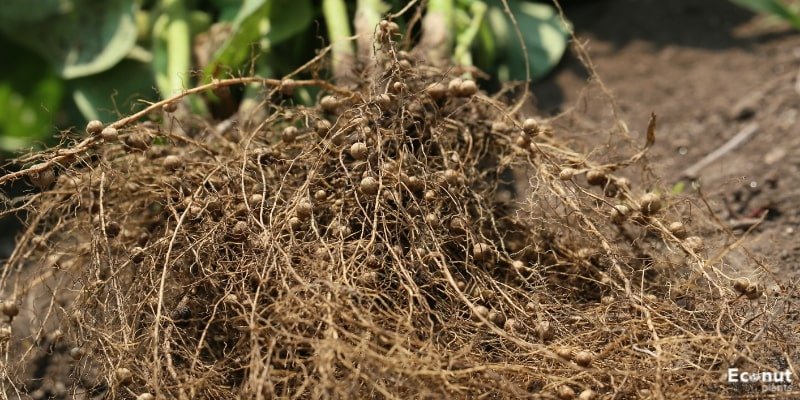
It is advised that lilacs be planted with their root flare about 1 inch above the ground. Retain a 3- to 4-inch mulch space between lilac stems, and refrain from placing grasses or perennials too close to the plant trunks. They will be more floriferous, happier, and healthier.
Enough Water
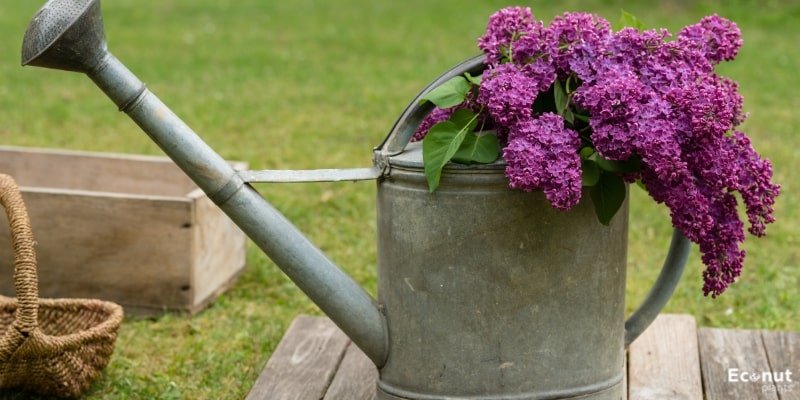
Lilacs do not blossom well on moist feet; they need well-drained soil. Be careful not to plant your lilac near a downspout, in a low spot, or next to a plant that needs a lot of watering. For optimal results, please give them a deep, gentle bath once a week in the spring and twice a week in the summer.
Ensure adequate drainage, and don’t build puddles on the ground because they hate having damp feet. When the blooms are at their best, they will be grateful to you.
Monitor Your Soil

Examine the soil around your lilacs’ stems to see if drainage is irregular and slow after watering. If the region is sticky and clay-based, work in some peat, potentially even a small amount of sand. You may also want to examine the soil to make sure your lilacs are growing in the best possible conditions.
Lilacs prefer slightly alkaline to neutral soil. Achieve a score between 6.5 and 7. If the pH is too low, pour in extra lime to increase the acidity. If the soil’s sulphate or bone meal content is too high, work some into it.
Also Read: Lilac Varieties
Deadhead Spent Blooms
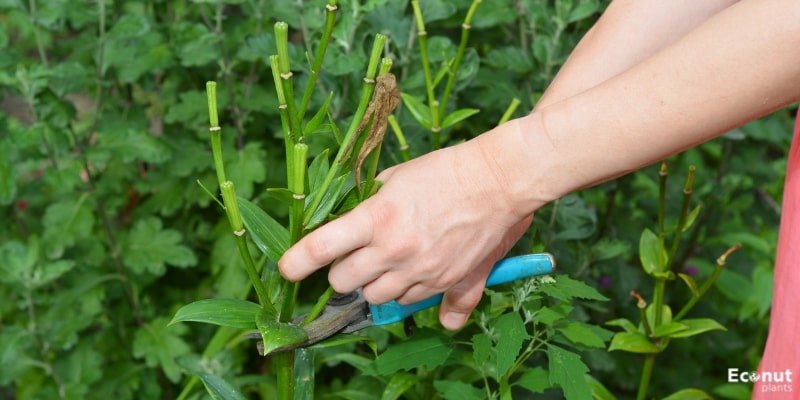
The flower’s growth system will then focus on taking care of its roots and foliage instead of creating visually appealing flowers, as wilting flower heads indicate the beginning of seed production.
By encouraging the plant to concentrate its energy on developing many, beautiful buds instead of monotonous old roots and leaves, deadheading wasted lilac flowers will help the plant. On old wood, lilacs bloom, and shortly after the petals of this season fall, they begin to create buds for the next year.
Remove Suckers
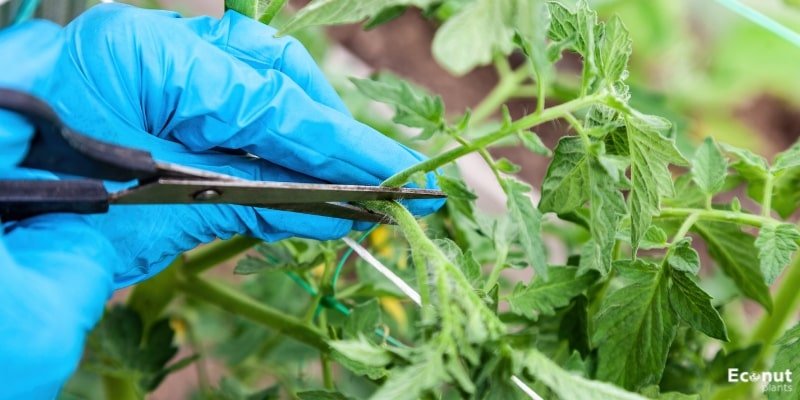
When leaves are peeking out of stray branches that seem like suckers close to your lilac trunks, it’s advisable to eliminate them. Suckers appear directly from the roots of your plant; they deplete the energy of the canopy and top part of the plant by producing neither side branches nor blooms.
Remove the exact spot where a sucker splits off from the root with a lopper; you may need to remove some ground to get to the base of the sucker. This regular maintenance task will direct nutrients and energy towards producing beautiful flowers.
Thin Them Out
The majority of lilac bushes require “renewal pruning,” which is routine care that entails removing around ⅓ of the existing stems at the base of the plant. Starting with the tallest and oldest stems, work your way down to the dead, crossed, and broken ones. Typically, they have fewer branches and leaves than the more recent development and will be grey in colour.
This process, sometimes known as “thinning,” will expose the center of your lilac, increasing the amount of light that reaches the inner leaves, the amount of water that reaches the roots, and the amount of air circulation. It’s an effective way to control fungal disease, produce more blooms, and maintain shrubs at their ideal size.
Give Them Plenty of Space
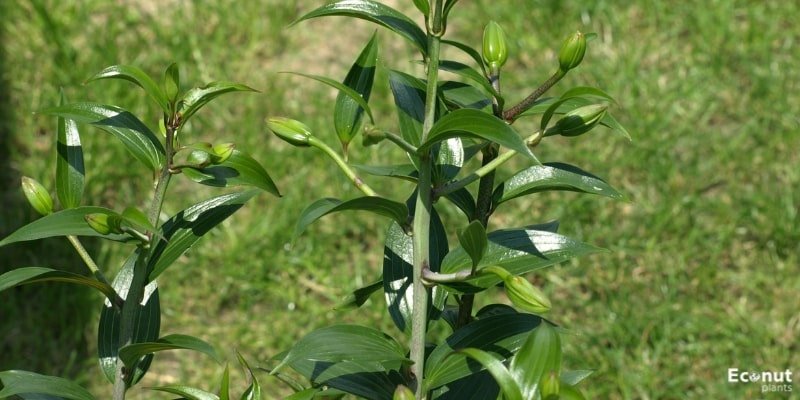
Lilacs have robust and substantial roots. They ought to have the same width as the plant’s canopy or leaves. The area where they are planted needs to be big enough to hold them when they mature. Closely spaced lilac roots will produce less flowering. That’s why it’s so important to consider when deciding where to plant.
Lilacs need good circulation to get enough sunshine and prevent illness, so planting them too close to one another is not a good idea. This is one of the hardest rules to follow, especially when working with young, immature plants. Still, carry on. Seasons full of flowers and long days will be your reward.
Don’t Over-fertilize

Since lilacs are heavy feeders, they usually only require a springtime fertilizer application. According to some horticultural experts, lilacs don’t require any additional fertilizer at all.
You want less nitrogen and more phosphate and potassium in your fertilizer, so try a 5-10-10 ratio. If they receive too much nitrogen, they will become lanky and leafy rather than full and blooming.
Keep them from absorbing too much accidental nitrogen if they are planted in or next to treated or fertilized grass, since their blooms may suffer.
Monitor Diligently For Pests & Diseases
Lilacs have certain limitations and should be inspected often for indications of stress, even though they are often tough and disease-resistant. Avoiding the following issues is advised, as they may jeopardize the bloom’s durability and quality:
Bacterial Blight
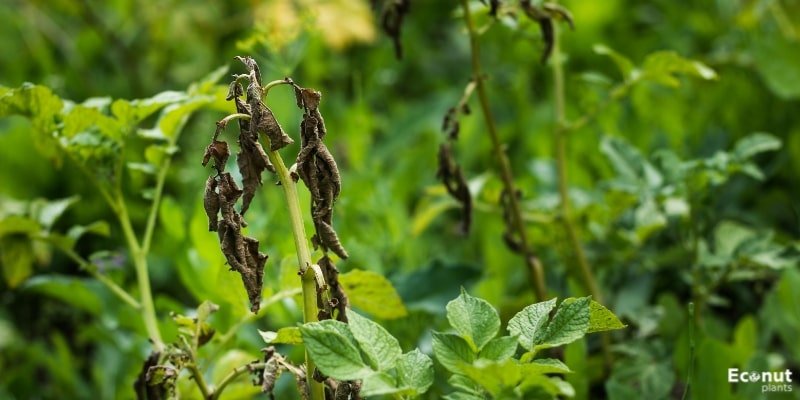
Bacterial blight is another moisture-related lilac disease that manifests as sickly blossoms, twisted branches, and brown-black leaves. If you catch it early enough, you may notice blackening flower buds or yellow halos around your leaves.
Blight increases the vulnerability of lilacs to cold-related harm. It is caused by a bacterium that is always present on lilac leaves but thrives when they are damp. Once more, the keys to management are rigorous trimming and appropriate hydration.
Leaf miner
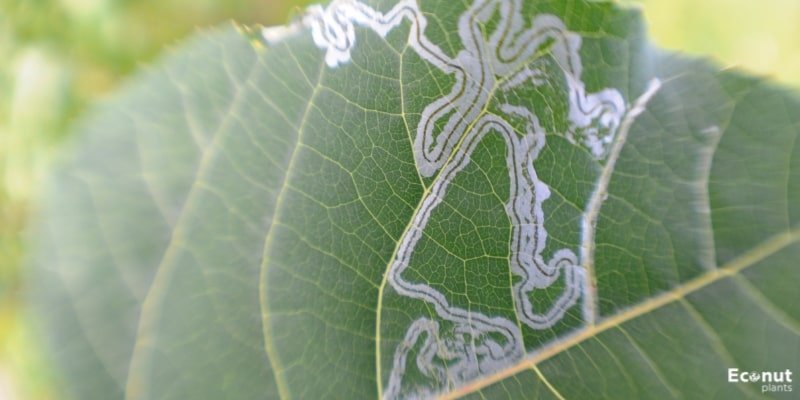
The majority of the damage is done by the insect’s small, white, less than ¼-inch-long larvae. The golden, wavy lines on your lilac’s leaves indicate where they have been piercing into the tissue. Later in the season, a rolled leaf may indicate that the caterpillars are pupating.
If you think leaf miners or borers are present, remove any affected leaves as soon as possible, and keep an eye out for more.
Lilac borer
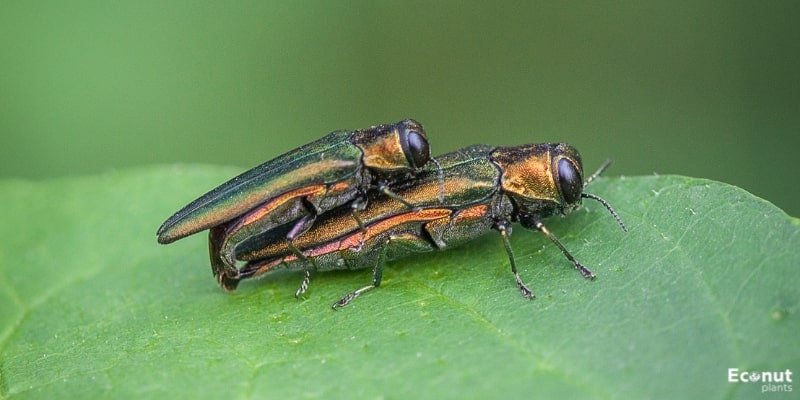
The most common invader of lilacs, it typically emerges first on older stems. If you notice any broken branches, cracked bark, or stem holes that seem to be leaking sap or sawdust-like excrement, you may have a lilac borer infestation.
Also Read: Types of Stink Bugs
The best techniques to manage bores are early diagnosis and trimming of the affected limbs. Therefore, it is imperative to maintain a tight check on this pest.
Powdery Mildew
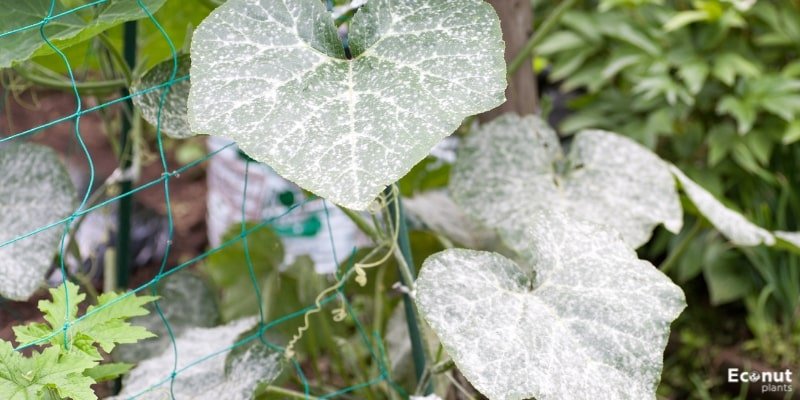
Powdery mildew is by far the most prevalent lilac disease. It appears as white, chalky leaf splotches that develop grey or black as the season progresses. Usually, during periods of excessive humidity and moisture, the lower leaves will exhibit the earliest symptoms of illness.
Give your lilac a good pruning after the flowering season by cutting off any damaged leaves or leaving them undisturbed. As mildew can overwinter in the soil and emerge the following year, remove fallen leaves and branches as soon as possible.
Protect Them during Frosts

Lilacs are native to cold climates; therefore, they are unlikely to be negatively impacted by harsh winter weather. They need a long, cold dormant season to effectively blossom. When a late-season or early-season warm-up is followed by a frost, they may also suffer adverse effects.
Similarly, extended, early-spring warmth can also cause premature bud opening, which can lead to harm when the inevitable return of freezing temperatures occurs. Flowers may not open at all, or the petals may be ugly and discoloured.
Should a sudden cold snap occur, keep a tarp or piece of fabric close by to protect your shrubs from bud damage, which will reduce bloom production.
Be Patient
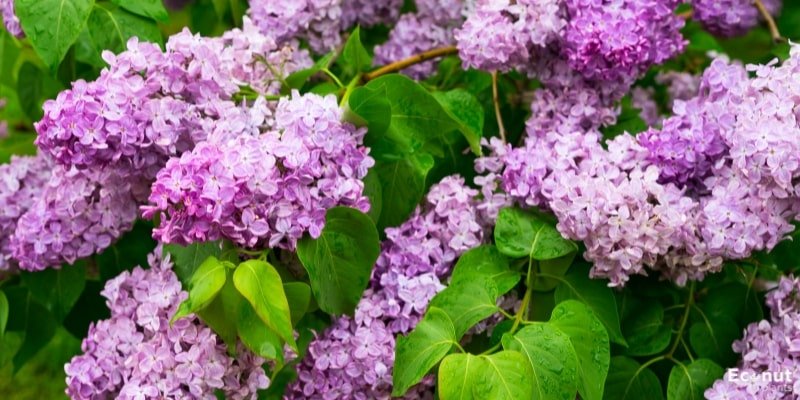
When planting lilacs, it may take several seasons before they produce a striking display of flowers. For at least the first growing season following installation, your lilac will devote most of its efforts to developing a robust root system.
You may receive a few blooms on certain species in the first year, especially small leaf variants. However, panicles with complete flowering and surface coverage will probably appear in a year or two. Even though it could take some common lilac kinds two or three years to fully flower, the wait will be well worth it. Therefore, exercise patience.
Conclusion
Lilacs are known to be sturdy and low-maintenance; they don’t need a lot of fuss. They will live long, healthy lives if they receive regular care. There are shrub species that have been documented to live up to 100 years! This implies that they might outlive even the person who planted them.
For as many weeks as possible, they do need to be adjusted and poked a little bit to flower profusely. You can give your lilac the best chance of flowering this season and yourself a front-row ticket to the show with careful planting, lots of sun, appropriate drainage, and consistent trimming!

